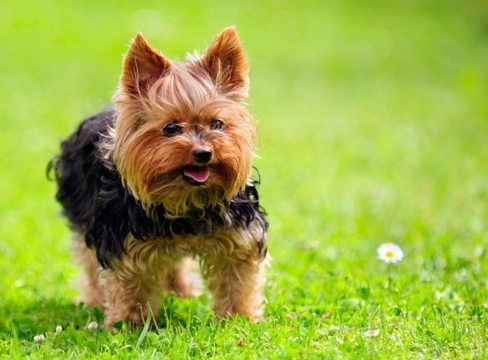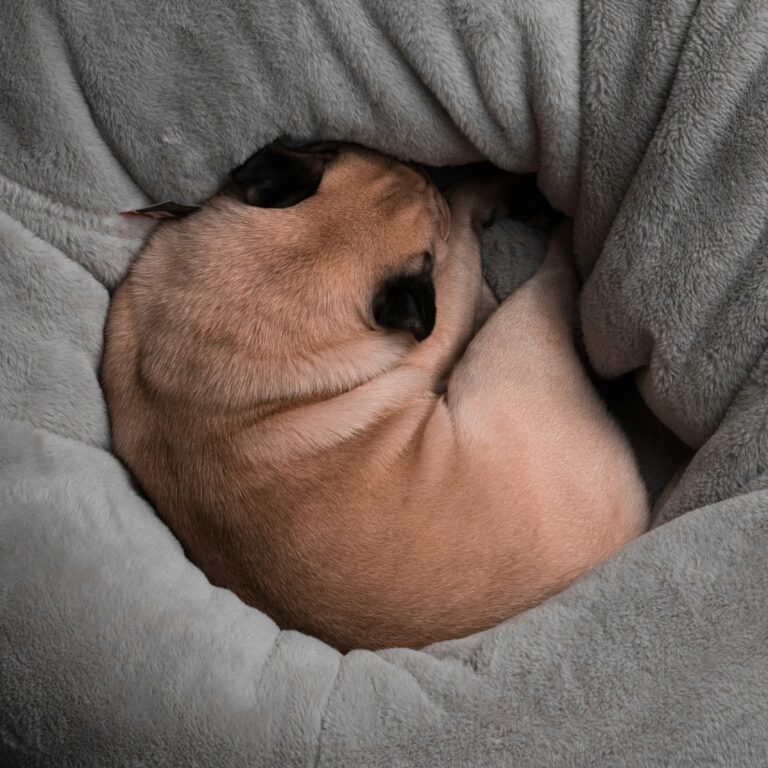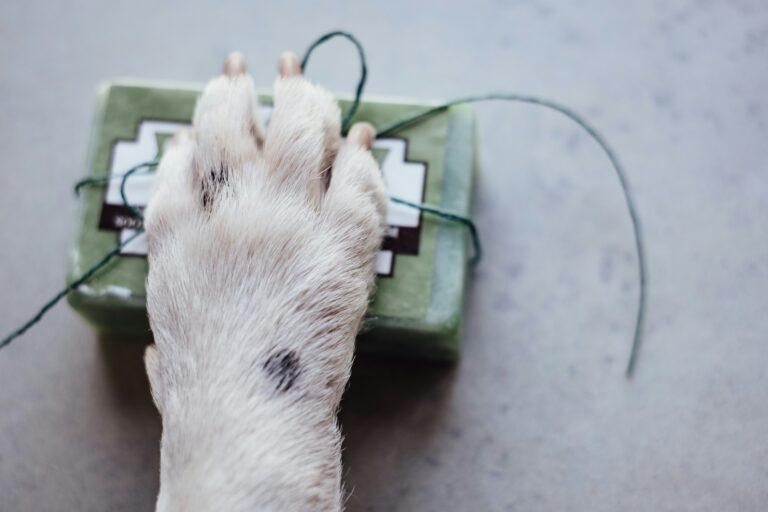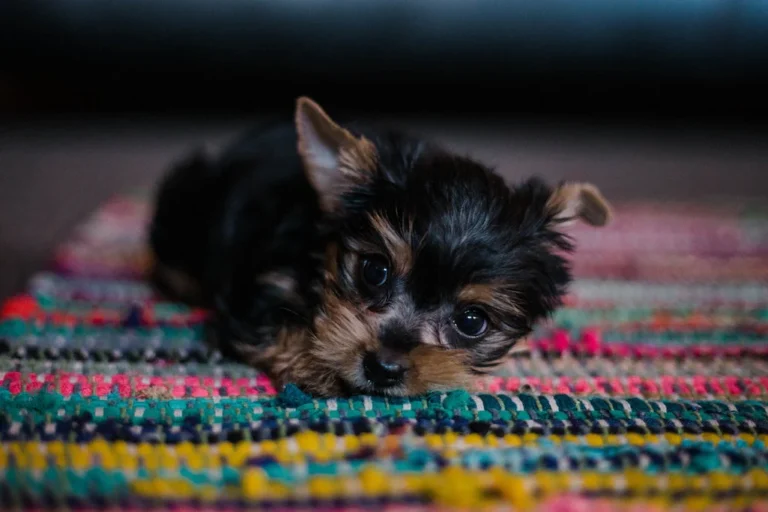Are you a pet parent of a small dog breed, wanting to ensure they always look their best, but find the frequent trips to professional groomers both time-consuming and costly? If so, this post is for you. Here, we delve into “Tiny Tails, Big Results: Mastering the Art of Grooming Small Dog Breeds at Home”, providing an in-depth guide to home grooming for small dog breeds. 🐾
In this comprehensive guide, we’ll be offering step-by-step instructions on essential grooming techniques for small dogs. From bathing and brushing to nail clipping and ear cleaning, all the way to dealing with common challenges such as shedding and skin issues. Plus, we’ll be sharing expert advice on choosing the right tools and products for your tiny fur friends.
No matter if you’re a novice pet parent or an experienced dog owner, this guide is designed to help you gain the skills and confidence needed to groom your small dog breed at home. And remember, not only does regular grooming keep your dog looking good, it’s also a key part of their overall health and wellbeing. So, stay tuned for some big results from your tiny tails! 🐶💕
Understanding the Specifics of Small Dog Breeds
When it comes to grooming small dog breeds at home, it’s essential to understand that their grooming needs differ considerably from those of larger breeds. Their grooming process is not only a matter of beauty but also of maintaining optimal health. One of the significant aspects to consider is their size. Due to their smaller stature, they are often more delicate, and therefore, every step in their grooming routine must be approached with great care and precision.
Small dogs tend to have finer bones and more sensitive skin compared to their larger counterparts. As a result, rough handling or the wrong grooming technique can easily result in injury or skin irritation. Furthermore, because of their compact size, any skin or coat problem can escalate quickly if not properly addressed.
Beyond size, certain breeds have specific grooming requirements due to their hair type and length. For instance, dogs with long, silky hair, such as the Shih Tzu, Maltese, and Yorkshire Terrier, require frequent brushing to prevent matting and tangling. Without regular attention, mats can become tight and painful, leading to skin infections or sores beneath the knots. Long-haired breeds often benefit from daily brushing sessions, ensuring their coats remain free of tangles and debris.
On the other hand, breeds with short hair, like the French Bulldog, Pug, or Boston Terrier, may not require as much brushing, but their skin requires careful monitoring. These dogs are prone to skin issues such as dryness, allergies, and infections, especially in the folds of their skin. Regular inspections and proper moisturizing treatments are often necessary to maintain healthy skin.
Another factor to consider is whether the breed is a heavy shedder. Breeds like the Dachshund or Beagle, despite their short coats, shed profusely and will need frequent brushing to manage the hair loss and keep their skin healthy. Understanding your small dog’s specific breed characteristics is the first step towards designing a grooming routine tailored to their needs.
Essential Tools for Small Dog Grooming (Expanded)
In order to properly groom your small breed dog at home, you’ll need the correct tools. Investing in high-quality grooming supplies is crucial not only for achieving a neat appearance but also for ensuring the safety and comfort of your pet.
Dog Clippers
Dog clippers are ideal for trimming and maintaining your dog’s hair length. It’s recommended to choose a clipper specifically designed for small dogs due to their smaller size, lighter weight, and quieter operation. Loud clippers can intimidate small, nervous dogs, making the grooming process stressful for both you and your pet. Look for clippers that come with adjustable blade settings and guards for different coat lengths, and always keep blades sharp to avoid pulling or snagging the fur.
Cordless clippers are often preferred for small dogs because they allow for greater flexibility and reduce the risk of accidental injuries caused by cords tangling around your pup.
Brushes and Combs
Brushing is a fundamental aspect of grooming, and having the right type of brush or comb is vital for different coat types:
Slicker Brush: Ideal for long-haired or double-coated breeds, slicker brushes help remove loose hair, tangles, and debris.
Pin Brush: Best suited for medium to long coats, pin brushes are gentler and help maintain smooth, glossy fur.
Rubber Curry Brush: Excellent for short-haired breeds, this type of brush massages the skin and removes loose hair effectively.
Dematting Comb: Essential for tackling stubborn mats and tangles, especially in breeds like Shih Tzus and Maltese.
Regular brushing not only keeps the coat looking great but also stimulates the skin’s natural oils, promoting a healthy and shiny appearance.
Nail Clippers
Keeping your dog’s nails trimmed is crucial for their comfort and health. Overgrown nails can lead to pain, altered gait, and even arthritis over time. Small breed dogs require smaller nail clippers with sharp blades designed for precision. Two common types of nail clippers are:
Scissor-style clippers: Ideal for small breeds with thinner nails.
Guillotine-style clippers: Suitable for dogs with tougher nails but should be used carefully.
Always be cautious not to cut into the quick—the blood vessel inside the nail—as it is painful and can bleed heavily. If you’re unsure, trimming just a small amount at a time is safer.
Additionally, investing in a styptic powder is wise. This powder can quickly stop bleeding if you accidentally clip the quick.
Shampoo and Conditioner
Special dog-friendly formulas are a must to clean your dog’s coat without causing skin irritation. Human shampoos have a different pH balance and can strip your dog’s skin of natural oils, leading to dryness and flakiness.
When choosing a dog shampoo:
Look for hypoallergenic options if your dog has sensitive skin.
Oatmeal-based shampoos are great for soothing irritation.
Medicated shampoos may be necessary if your dog suffers from specific skin conditions, such as dermatitis or allergies.
Conditioners are equally important for long-haired breeds to prevent tangling and keep their fur soft and manageable. Always rinse thoroughly to remove all shampoo and conditioner residue, as any remaining product can cause itchiness.
Toothbrush and Toothpaste
Dental hygiene is essential for dogs of all sizes, including small breeds. Small dogs are particularly prone to dental disease due to the crowded nature of their teeth. Neglecting their oral care can lead to painful infections, tooth loss, and even heart disease.
A toothbrush designed for small breeds usually features a smaller head and softer bristles for gentle cleaning. Finger brushes are also an excellent option, offering more control during brushing.
Never use human toothpaste for dogs, as it contains ingredients like xylitol and fluoride, which are toxic to pets. Instead, select a veterinary-approved dog toothpaste, which often comes in flavors dogs enjoy, such as poultry or beef.
Brushing your dog’s teeth at least two to three times a week is recommended, though daily brushing is ideal.
Additional Grooming Accessories
While the above tools form the foundation, there are a few additional accessories that can make grooming easier and more enjoyable:
Grooming Table: A non-slip grooming table with an adjustable arm provides better control and safety during grooming sessions.
Ear Cleaning Solution: Special solutions help remove wax and debris while preventing ear infections.
Towels and Blow Dryer: Always have a few soft towels on hand, and use a dog-specific blow dryer that offers low heat settings to dry your dog safely after a bath.
Grooming Scissors: For trimming delicate areas around the eyes, paws, and ears, grooming scissors with rounded tips are the safest choice.
Why the Right Tools Matter
Choosing the correct grooming tools tailored for small dogs is essential not just for efficiency but also for the safety and comfort of your pet. High-quality tools reduce the risk of accidental injuries, make the grooming process faster and less stressful, and lead to better grooming outcomes. Furthermore, they help foster a positive association with grooming in your dog’s mind, making future sessions easier and more enjoyable for both of you.
By investing in proper tools and understanding the specific grooming needs of your small breed dog, you’ll set the foundation for maintaining their health, appearance, and happiness — right in the comfort of your own home. 🐾✨
Step-by-Step Guide to Grooming Your Small Dog at Home
Grooming your small dog breed at home may seem daunting initially, but with the right tools and techniques, it can be a rewarding experience. Here is a step-by-step guide to assist you through the process. With patience and practice, grooming can become an enjoyable bonding activity between you and your pet, ensuring they stay clean, comfortable, and looking their absolute best at all times.
1. Preparation
Before you start the grooming process, ensure you have all the necessary tools within reach. This will make the process smoother and more efficient. Begin by gently brushing your dog’s hair to remove any loose fur and detangle any knots. This is especially important for long-haired breeds.
2. Bathing
Once your dog’s hair is brushed and detangled, it’s time for a bath. Use a dog-friendly shampoo and conditioner, ensuring to rinse thoroughly. Avoid getting any soap in your dog’s eyes or ears as this can cause irritation.
3. Drying
After bathing, pat your dog dry with a towel. Do not rub as this can cause tangles. For breeds with long hair, consider using a hairdryer on a low setting. Always keep the dryer at a safe distance and move it continuously to avoid overheating any one area of your dog’s sensitive skin.
4. Hair Trimming
Once your dog is dry, it’s time for hair trimming. Use dog clippers to maintain your dog’s hair length. Be gentle and ensure not to cut too close to the skin to avoid accidental injury.
5. Nail Trimming
Trim your dog’s nails carefully using the nail clippers. Be cautious not to cut into the quick, the sensitive part of the nail that contains blood vessels.
6. Teeth Cleaning
Finally, brush your dog’s teeth using dog-friendly toothpaste and a toothbrush. Regular dental hygiene is crucial for preventing oral health issues.
Common Mistakes to Avoid

When grooming your small breed dog at home, it’s important to be aware of common mistakes that can lead to discomfort or even injury for your pet. These include:
- Rushing the Process: Grooming should not be rushed. Take your time to ensure each step is done correctly and with care.
- Skipping Steps: Each step in the grooming process is essential for maintaining your dog’s overall health and comfort. Don’t skip any steps.
- Using Human Products: Always use products specifically designed for dogs. Human products can cause skin irritation and other issues.
- Forgetting to Reward Your Dog: Grooming can be a stressful experience for some dogs. Always reward your dog with a treat or affection after grooming to make the experience positive.
Conclusion
In conclusion, “Tiny Tails, Big Results: Mastering the Art of Grooming Small Dog Breeds at Home” offers an insightful guide into the intricate and rewarding world of dog grooming. From grooming tips to breed-specific advice, this piece provides an in-depth understanding that can be beneficial for both new and experienced pet owners alike.
Grooming is not merely about maintaining your pet’s physical appearance but also about ensuring their overall health and well-being. The act of grooming facilitates bonding time between pet and owner, fostering a stronger relationship. The breed-specific advice is crucial as different breeds have different grooming needs, and understanding this can help avoid common health issues.
With the right tools, techniques, and patience, grooming your small dog at home can become a rewarding and cost-effective practice. The experience can bring significant results in terms of your pet’s hygiene, health, and happiness.
Remember, patience is key when it comes to home grooming. It’s a learning curve for both you and your pet. In time, with the guidance from “Tiny Tails, Big Results,” you will master the art of grooming small dog breeds at home, ensuring your furry friend is always looking and feeling their best. 🐾




